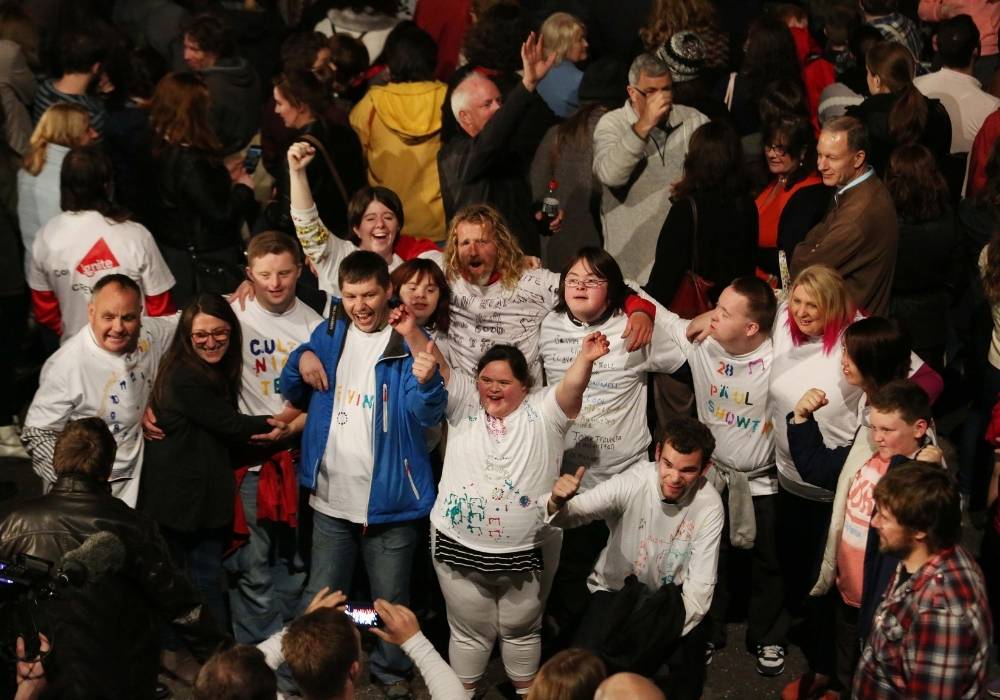Award category:
As a disabled person, my schooling did not accommodate my injuries, negatively affecting my education and confidence. This isolating experience forced me to focus on creativity and resilience. Family, friends, and the DIY punk movement came to the rescue. I completed a degree in Fine Art, driven by two inspiring art teachers. I developed a keen interest in video and digital arts while volunteering with a children’s disability charity, which I loved.
A few years later, I entered the emerging computer graphics industry in London, which was exciting. I transitioned to computer games and became a senior art director for ‘Driver’, one of Britain’s most successful games, selling millions worldwide.
Currently, I innovate in the disability space. As a Professor of Art at Teesside University, I’ve spent 15 years creating high-profile collaborative works with disabled artists, such as in St Helens and Cork, Ireland. ‘Cork Ignite’ was an innovative disability-inclusive public art event that attracted over 7,000 attendees.
I’m passionate about disability heritage and have developed an international project, ‘Images of Disability’. This project analyses and publicises a collection of artworks related to impairment, collected by Hanz Würtz in Berlin. Würtz’s collection is significant for shifting from a medical to a cultural perspective on impairments, uniquely connecting art and disability beyond a mere cabinet of curiosities.
Additionally, I created ‘The Carrying of Passengers is Forbidden’ project, focusing on the history of disability mobility in the UK. With a dedicated volunteer team, we’ve uncovered lost vehicles, records, and stories, celebrating these iconic vehicles. This research led me to become the voluntary Director of the Invalid Carriage Register and to appear on TV shows like the BBC’s Antiques Road Trip to popularise this history.
I am disabled, having broken over 150 bones in my lifetime, and am currently learning to walk again after a serious accident in 2023. My life follows a non-normative path, and I follow my father’s advice to be instinctive. I am proud of my achievements and forever grateful for the support and belief of those I’ve worked with. My motivation is simply to change how disability is perceived.

Disability Power 100 profile information is self-submitted by the profile subject. Shaw Trust understands and respects that disability and impairment descriptors and language use varies from person to person. Shaw Trust assumes no responsibility or liability for any errors or discrepancies in the content of this, or any other, profile page.